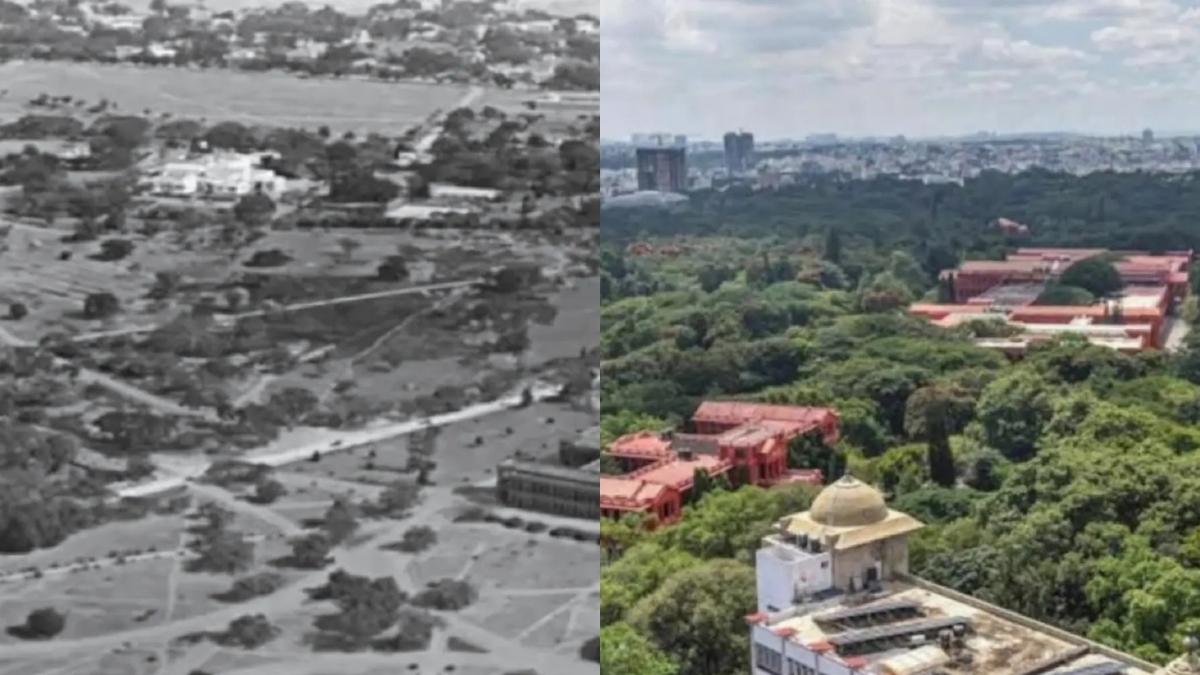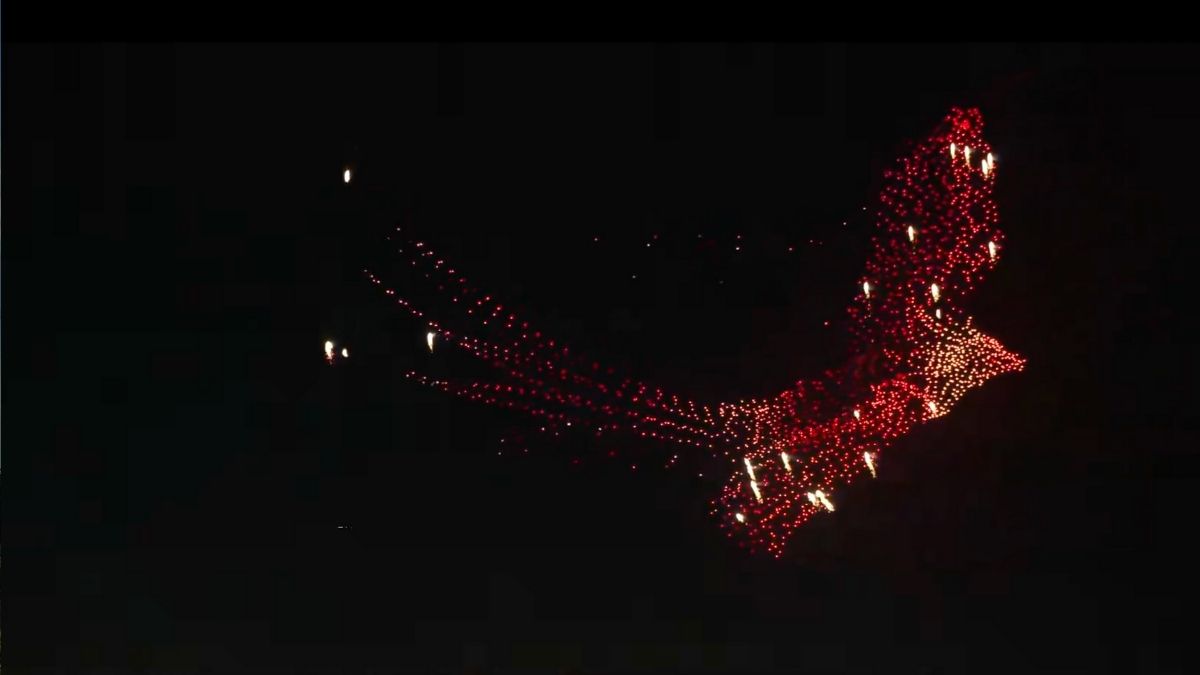Bengaluru’s beloved Cubbon Park, a green sanctuary in the city’s core, has suddenly found itself at the heart of an online debate. A rare photograph from 1948, now circulating on social media, has invited comparisons with its present-day form, which is noticeably denser, leafier, and more vibrant.
The Viral Photo Of Cuban Park That Stirred Nostalgia
So Bengaluru actually made the central lung space much greener over the past 77 years!
Cubbon Park aka Chamarajendra Park. #FB pic.twitter.com/bQbNlFDcNT
— Kiran Kumar S (@KiranKS) August 26, 2025
An old aerial shot of Cubbon Park, thought to date back to 1948, is doing the rounds online and has got Bengaluru talking. Placed next to a present-day image, the contrast is startling, as what once looked almost barren now bursts with greenery.
For some, it’s proof that the city has managed to protect its “lung space” despite its breakneck urbanisation. Others are less celebratory, pointing out that the green seen here only stands out because much of the city’s original ecosystem, as hundreds of lakes and wooded stretches has been erased over time.
Also Read: 9 New Restaurants In Bengaluru For Biryani, Pub Crawls, Japanese Delights And More This September
Roots Of A Landmark
Cubbon Park wasn’t always the sprawling green expanse it is today. Born in 1870 out of the designs of Major General Richard Sankey, it began as a modest 100-acre space called Meade’s Park. The name changed twice: first to honour Sir Mark Cubbon, then in 1927 to Sri Chamarajendra Park, commemorating the Mysore ruler’s silver jubilee.
Over the years it swelled to nearly 197 acres, filling with a remarkable collection of over 6,000 trees from close to a hundred species like silver oaks, gulmohars, bamboos, and flowering tabebuias, among them. The park is hemmed in by the state’s most recognisable landmarks: Vidhana Soudha, Attara Kacheri, the Government Museum. A state law passed in 1975 locked in its status, barring commercial encroachment and ensuring its survival in the middle of a concrete city.
Ask any Bengaluru resident where the city still lives and breathes, and Cubbon Park will come up first. It’s where morning walkers and cyclists start their day, where children clamber aboard the toy train, where dogs run free in their corner of the park, and where heritage buffs stroll past statues and bandstands.
In recent months, guided “Cubbon Walks” led by horticulture experts have been booked solid; this is a sign of how much curiosity still surrounds the park’s trees and history. Even more telling is how it doubles as a stage for community life, with Sunday yoga classes, poetry circles, reading groups and even a storytelling collective in sign language that gathers under the canopy. Each spring, the blooming of gulmohar and tabebuia trees turns the space into a riot of colour, drawing photographers, tourists, and city-dwellers looking for respite.
Also Read: After 8 Yrs, Papa John’s Returns To India With First Outlet In Bengaluru, Opening In October
What Is The Internet Saying?
The resurfaced photograph didn’t just bring nostalgia, it split opinion as well. One user compared the transformation to Mumbai’s Aarey Colony, where large-scale planting came much later but became fiercely contested in environmental debates.
Another reminded fellow Bengalureans that the city was once a maze of lakes and wooded tracts, making Cubbon Park’s role as the “lung” more a product of loss than foresight. Some saw a lesson instead: if a colonial-era park could be nurtured into a green sanctuary, why not replicate that model elsewhere? With modern irrigation tools and cheaper technology, they argued, even arid patches could be turned into future oases.
Also Read: Ganesh Chaturthi 2025: 5 Ganesha Pandals In Bengaluru To Seek Blessings From Ganapati Bappa
Together, the comments capture Bengaluru’s dilemma of how to protect the few green lungs it has left while living with the memory of what’s already gone.
Cover Image Courtesy: kiranks/X
For more such snackable content, interesting discoveries and the latest updates on food, travel and experiences in your city, download the Curly Tales App. Download HERE. First Published: August 28, 2025 12:29 PM




